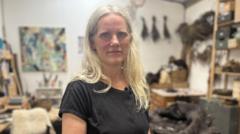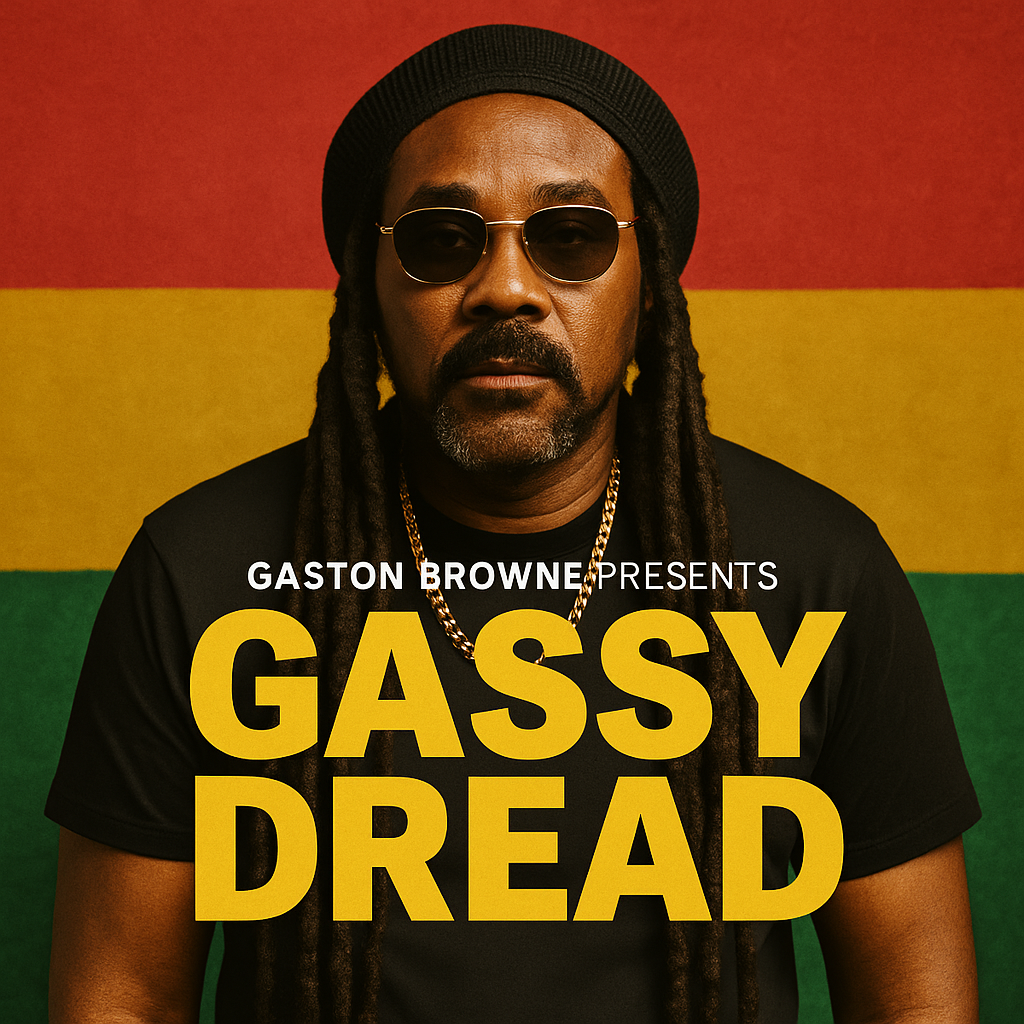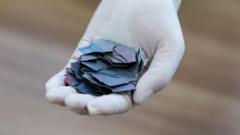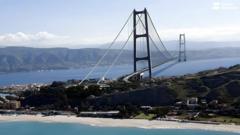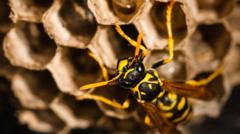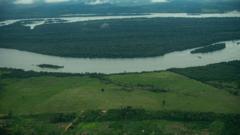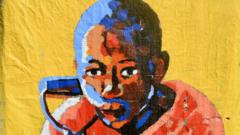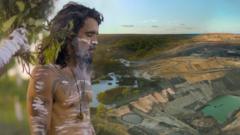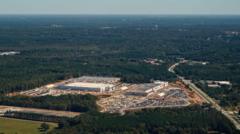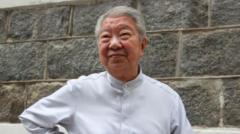In light of increasing awareness about carbon footprints, many individuals are rethinking traditional funeral practices in favor of eco-friendly alternatives. Rachel Hawthorn, an artist from West Yorkshire, emphasizes her desire for a non-polluting last act, preferring to create her own burial shroud using local materials like wool and willow. Unlike conventional burials and cremations, which can significantly impact the environment, ethical options are becoming more prominent.
Reports highlight that cremation alone can generate carbon emissions equivalent to a round-trip flight from London to Paris, with approximately 80% of those who die in the UK opting for this choice. Moreover, traditional burials pose their challenges, with non-biodegradable coffins and toxic embalming solutions like formaldehyde contributing to soil pollution.
In a recent survey by Co-op Funeralcare, a sizable portion of respondents (10%) expressed a desire for greener funerals, reflecting a cultural shift towards sustainability. Rachel's initiative stemmed from her artistic exploration of death, dying, and nature. The burial shroud she develops goes beyond art for her; it's a means to challenge societal norms around death, which she feels are often stifled by tradition.
Working as a death doula, Rachel helps alleviate the taboo surrounding dying conversations, guiding people towards informed choices in their funeral planning. She promotes natural burials using biodegradable materials in shallower graves where decomposition can occur more rapidly due to increased microbial activity.
Countries in the UK are evolving with the introduction of natural burial sites, such as Tarn Moor Memorial Woodland, where an eco-conscious funeral is celebrated with electric hearses and locally sourced materials. Louise McManus recalls arranging a sustainable send-off for her mother, who was passionate about the environment.
Notably, funeral director Sarah Jones observes a surge in interest for sustainable funerals, noting that they now make up about 20% of her business. Yet, costs can be a concern, as eco-friendly burials often demand higher prices compared to standard options, although community initiatives exist to mitigate this.
Importantly, assessing the carbon footprint involved in reaching remote natural burial sites presents a dilemma, leading to discussions on improving local options. Rachel advocates for the normalization of eco-friendly practices around death, suggesting the societal acceptance of keeping shrouds ready for use similar to historical dowries.
Ultimately, as society continues to engage with the idea of a greener goodbye, personalized and sustainable choices are becoming increasingly vital for those considering their end-of-life decisions.
Reports highlight that cremation alone can generate carbon emissions equivalent to a round-trip flight from London to Paris, with approximately 80% of those who die in the UK opting for this choice. Moreover, traditional burials pose their challenges, with non-biodegradable coffins and toxic embalming solutions like formaldehyde contributing to soil pollution.
In a recent survey by Co-op Funeralcare, a sizable portion of respondents (10%) expressed a desire for greener funerals, reflecting a cultural shift towards sustainability. Rachel's initiative stemmed from her artistic exploration of death, dying, and nature. The burial shroud she develops goes beyond art for her; it's a means to challenge societal norms around death, which she feels are often stifled by tradition.
Working as a death doula, Rachel helps alleviate the taboo surrounding dying conversations, guiding people towards informed choices in their funeral planning. She promotes natural burials using biodegradable materials in shallower graves where decomposition can occur more rapidly due to increased microbial activity.
Countries in the UK are evolving with the introduction of natural burial sites, such as Tarn Moor Memorial Woodland, where an eco-conscious funeral is celebrated with electric hearses and locally sourced materials. Louise McManus recalls arranging a sustainable send-off for her mother, who was passionate about the environment.
Notably, funeral director Sarah Jones observes a surge in interest for sustainable funerals, noting that they now make up about 20% of her business. Yet, costs can be a concern, as eco-friendly burials often demand higher prices compared to standard options, although community initiatives exist to mitigate this.
Importantly, assessing the carbon footprint involved in reaching remote natural burial sites presents a dilemma, leading to discussions on improving local options. Rachel advocates for the normalization of eco-friendly practices around death, suggesting the societal acceptance of keeping shrouds ready for use similar to historical dowries.
Ultimately, as society continues to engage with the idea of a greener goodbye, personalized and sustainable choices are becoming increasingly vital for those considering their end-of-life decisions.

